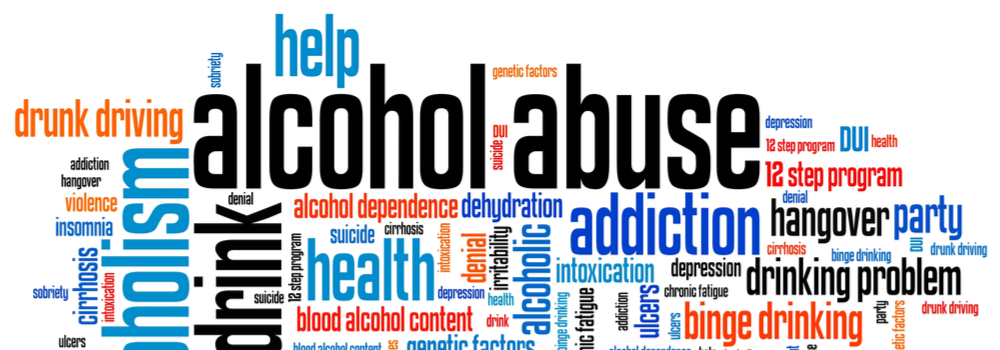0.02-0.03:
This is the beginning of intoxication where the mild effects of alcohol are starting to take place. Inhibitions like shyness have started to fall away making room for subtle feelings of euphoria. More obvious signs of intoxication like lacking in coordination aren’t present yet. This is what many people might call being ‘buzzed’.0.04-0.06:
The next level up might be what some would call “tipsy”. In this still early stage of intoxication, feelings of euphoria are increasing as are some of the depressant effects of alcohol. As a depressant, alcohol can cause effects like relaxations or sensations of being ‘warm and fuzzy’. At this stage, behaviors like emotional responses are becoming a little more dramatic.0.07-0.09:
By the time the blood alcohol content level reaches this range, an individual is what would be plainly called “drunk”. At 0.08 BAC an individual is no longer legally allowed to drive because they are considered “legally impaired”. All of the euphoric effects of alcohol are still present, but some of the cognitive functions have started to suffer. Slurred speech, blank memory, motor functions, perception, judgment, and vision are all being affected. Typically, people who have reached this level of intoxication ‘feel fine’, but cannot be aware of how impaired they are.0.10-0.125:
Euphoria is still present at this level of intoxication and the cognitive impairments are worsening. Slurred speech has worsened, balance is off, and the ability to use judgment is compromised. At this stage an individual will have seemed to slow down due to their reaction time being affected.0.13-0.15:
The impairment of motor and cognitive functions continues to worsen and become exacerbated at this stage of intoxication. This is the “wasted” level of intoxication when individuals can no longer walk normally due to their balance being off. They are beyond euphoria and reaching toward dysphoria which may lead to anxious, erratic, emotional, and restless behavior.0.16-0.19:
The “sloppy drunk” emerges at this stage of intoxication. Dysphoria has replaced euphoria and cognitive function is a “mess”. Typically, this is the pre-vomiting stage most often accompanied by repeated warnings of “I’m nauseous” or “I don’t feel good”. BAC levels which rise to .20 and above can start to have fatal consequences. For the signs and symptoms of dangerously high BAC levels, look for our next blog.If alcohol is controlling your life, there is a way out—and it starts here. Call Tree House Recovery to learn how real change begins. Contact our Portland admissions team to schedule a tour today!
FAQs About BAC Levels
BAC measures the amount of alcohol in your blood. It’s the standard way to assess alcohol’s effect on your body and brain.
Low levels (0.02–0.05%) cause light buzz and slower reaction time. Moderate levels (0.08–0.15%) impair balance, speech, and judgment. High levels (0.20% and above) can cause confusion, blackouts, and risk of unconsciousness or death.
In most states, the legal limit is 0.08%. Driving above that level is considered impaired and illegal.
Even small increases in BAC slow reaction time and lower inhibition. As BAC rises, coordination drops and risky choices increase.
Yes. Alcohol continues to absorb into the bloodstream even after your last drink, so your BAC can keep rising for 30 to 90 minutes.
Related Posts
-
How Drunk Is Drunk? Part 2: The Dangers Of A 0.20 BAC And Higher
In our previous blog, we looked at the varying signs and symptoms of an elevated…
-
Natural Ways to Boost Your Energy Levels
Feeling low in energy during the early stages of recovery is common as the body…
-
Going To Treatment Vs. Going It Alone
Every man who is considering going to treatment in order to quit- and stay quit-…




